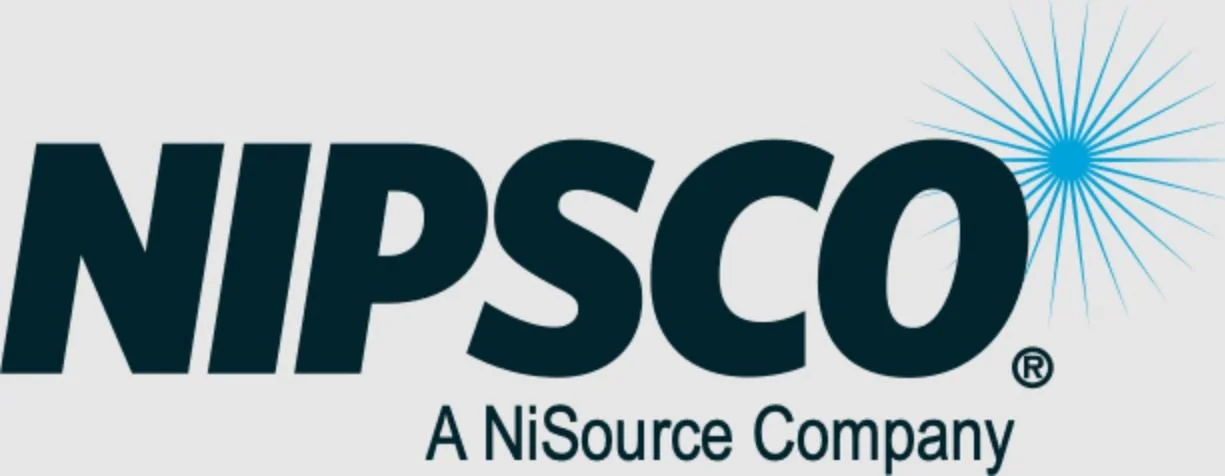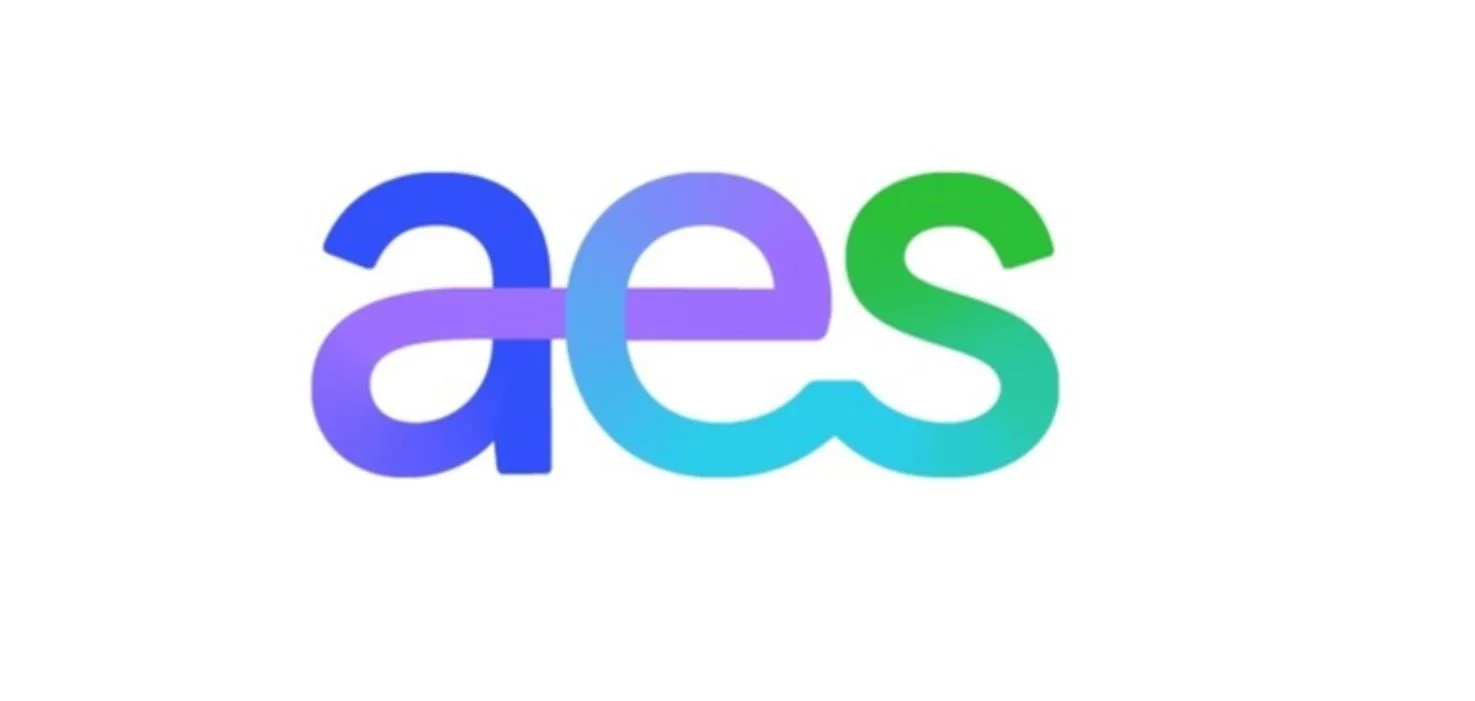Does Solar Make Sense in Indiana?
This articles answers:
Is solar still financially viable in Indiana now that the federal tax credit has expired?
How do Indiana’s EDG rules differ from net metering, and why does it matter?
What are typical payback periods for solar under IOUs versus REMCs or municipal utilities?
How does financing choice (cash vs. loan) affect payback?
What non-financial benefits make solar attractive even if the ROI is longer?
What risks should homeowners watch out for, and how can they protect themselves?
Get a summary of your costs and savings:
Top Tips for adding solar in Indiana:
Going Solar in Indiana
An Expert-Level Analysis of Costs, Payback, and Policy
Does Solar Make Sense in Indiana?
When homeowners in Indiana consider solar, one of the first questions they ask is simple: Does it make financial sense? The answer depends on where you live, who your utility is, and how you structure your project—but in many cases, yes, solar can still be an attractive long-term investment.
Key Takeaways
The federal tax credit has expired, but solar still delivers long-term value through energy savings.
Your utility type (IOU vs. REMC/municipal) is the biggest factor in determining payback.
Typical payback ranges from 9–16 years depending on utility rules and financing.
Cash purchases maximize returns, while loans require careful review of terms.
Beyond dollars, solar offers energy independence, property value gains, and environmental benefits.
Protect your investment by hiring qualified contractors, reviewing interconnection agreements, and securing manufacturer warranties.
1. Life After the Federal Solar Tax Credit
For nearly two decades, the Federal Investment Tax Credit (ITC) was the most powerful driver of residential solar adoption in the U.S. Homeowners could once claim a credit worth 30% of the installed cost of a system. That incentive has now expired, raising upfront costs for new systems.
Even so, Indiana’s solar market continues to see adoption because of steadily falling equipment costs, competitive installer pricing, and the long life expectancy of panels and inverters. Many households still find the economics compelling—though the breakeven period is longer than when the ITC was active.
2. Indiana Utility Rules: EDG vs. Net Metering
Indiana once offered full retail net metering, but this program was phased out for investor-owned utilities (IOUs) and replaced with the Excess Distributed Generation (EDG) rules.
Under EDG, utilities credit excess solar generation at a wholesale rate plus a margin—often only a fraction of retail value.
IOUs (such as Duke Energy, AES Indiana, and CenterPoint): These utilities follow EDG, which substantially lowers the value of exported solar power.
REMCs and Municipal Utilities: These entities are not required to follow EDG and instead set their own credit structures. Some offer close to net metering, while others pay very little for excess power.
This means that your utility provider is one of the biggest determinants of payback.
3. Typical Payback Periods
For a well-sited system with average consumption:
IOU customers under EDG: Payback is often in the 12–16 year range, depending on system cost, load offset, and future utility rate escalation.
REMC and Municipal customers: Payback can be shorter—sometimes 9–12 years—if the co-op or muni offers higher credit rates or near-retail crediting.
Since solar panels often last 25–30 years with minimal degradation, this still leaves a decade or more of net savings even under the less favorable EDG rules.
4. Financing Considerations
Without the federal tax credit, structuring solar financing requires more diligence. Indiana homeowners typically choose between cash purchases and loans.
Cash purchase: Delivers the best lifetime return and avoids interest costs, producing the fastest payback.
Loans: Stretch payback further without the ITC, but still allow immediate ownership and predictable energy costs. Carefully review lender terms and interest rates.
Leases/PPA models: Still not permitted in Indiana, so ownership remains the only pathway.
5. Non-Financial Benefits
Even if the strict financial payback feels marginal, many homeowners still see solar as worthwhile:
Energy independence: Generating your own power reduces exposure to utility rate hikes and grid volatility.
Property value: Studies show solar homes often sell faster and at a premium.
Environmental impact: A typical Indiana solar home offsets several tons of CO₂ emissions each year.
6. Risks and Protections
As with any investment, there are risks. Poor-quality installations, overpromises on savings, or installers going out of business can undermine results. Protect yourself by:
Hiring a qualified solar contractor with verifiable references.
Reviewing utility interconnection and EDG agreements carefully before signing.
Confirming warranty coverage directly with manufacturers and keeping documentation organized.
These steps ensure your system performs as expected and that you capture the full benefit of your investment.
Final Thoughts
So, does solar make sense in Indiana? For many households, yes—particularly if you:
Live in a utility territory that offers fair crediting structures.
Plan to remain in your home long enough to enjoy post-payback savings.
Value long-term energy independence and environmental impact in addition to financial returns.
Even without the federal tax credit, a properly designed system can deliver a solid return on investment and decades of clean, low-cost electricity. With careful planning and the right partner, Indiana homeowners can still achieve meaningful financial and environmental gains.
If you’re considering solar in Indiana, SolarCommission.org can help you evaluate your utility, run payback analyses, and connect with qualified installers. Our mission is clear: Powering Better Decisions for Indiana solar owners.
Find out what incentives you qualify for and what you can save
Other Related Articles











